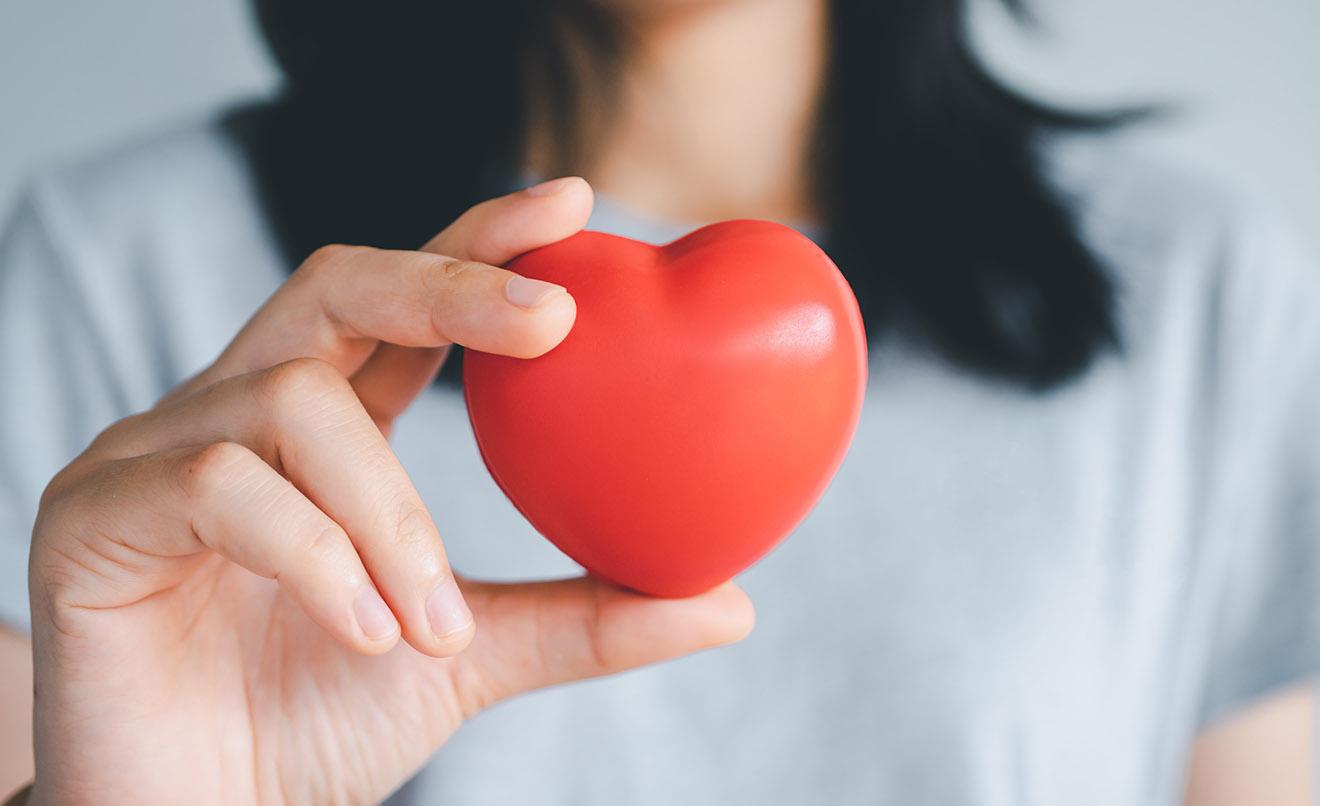
Despite its bad reputation, cholesterol is indispensable
for life. It takes part in the formation of biliary acids, necessary for fat
digestion. Thanks to it, sex hormones, cortisol or vitamin D are synthesized. Cholesterol
is also a fundamental component of the membranes that recover cells, regulating
their fluidity, among other things.
Cholesterol comes from two sources. One part of the total
cholesterol we need is produced by our own body in almost all the tissues, but
mainly in the liver. The other part is taken from food, especially from animal
origin food (cold meats, entrails, eggs, fatty cheese...)
It is distributed to the different systems of our body
thanks to blood. As it is a fat, it is insoluble in water and cannot freely
circulate through blood. In order to be transported, it needs to join a type of
protein named lipoproteins, some of which are measured to indicate cholesterol
levels.
It is highly important to maintain cholesterol levels
in blood under 200 mg/dL, but also to keep low LDL rates and high HDL rates, as
they are cardioprotective factors.
The main risks of excess cholesterol occur since it is
deposited in the inner part of arteries, clogging them and causing cardiovascular
disorders such as heart attack, thrombosis, stroke, etc. It may also cause liver
and biliary disorders.
What are the suitable cholesterol
levels?
Having unsuitable cholesterol levels doesn’t cause
symptoms. The only way to check cholesterol levels is with a blood analysis that
will indicate our situation. An annual control is recommended.
Total cholesterol below 200 mg/dl is considered normal.
Levels between 200 and 240 mg/dl are considered hypercholesterolemia, but within
normality, and over 240 means high cholesterol levels.
According to a survey carried out by the Spanish Heart
Foundation, “7 out of 10 respondents hadn’t had a check of their cholesterol
levels during the pandemic, for the fear of infection and lack of medical availability”.
This is alarming information, since it is estimated that 1 out of every 2
adults in Spain has high cholesterol levels, which are associated with a great
number of cardiovascular diseases.
The diet: the greatest ally
Age or genetics are factors that influence cholesterol and about which we can do nothing. However, there are some habits we can change to help maintain suitable cholesterol levels. In general, a healthy lifestyle, physical exercise and a well-balanced diet are aspects that are easily in our hands. Take note of the foods you need to include in your daily meals.
Supplements that help your heart
When diet isn’t enough to control cholesterol, we can
take a natural aid, under professional supervision. Some substances have shown
their beneficial action for our cardiovascular health.
BERBERINE
It is the most remarkable active component in the
plant Berberis aristata. It stands out for its hypocholesterolemic and
hypoglycemic properties.
RED YEAST RICE
It is obtained from the fermentation of rice (Oryza
sativa) with the yeast Monascus prupureus. It contains bioactive substances,
such as monacolin K, which contributes to maintaining normal lipid levels in
blood, reducing bad cholesterol and increasing good cholesterol levels.
ARTICHOKE
Artichoke (Cynara scolymus) inhibits cholesterol
formation in the liver and eases its elimination with bile.
SAGE
Research has shown that sage (Salvia miltiorrhiza)
is a plant that helps maintain a healthy vascular system. Among other actions,
it reduces total cholesterol, LDL and triglycerides. It also stands out for its
antihypertensive and anti-atherosclerotic action.
SOY LECITHIN
This compound, rich in phospholipids and obtained from
soy beans, helps reduce total cholesterol and LDL levels. Its content in
monounsaturated and polyunsaturated fatty acids enhances cholesterol
solubility.
OMEGA-3
Omega-3 fatty acids help to have good cardiovascular
health. Taking the right quantity of these nutrients can help reduce triglycerides,
slow the accumulation of atherosclerotic plaque in arteries and slightly lower
arterial blood pressure.
GARLIC
It contains alliin, among other components, which is a
sulfur compound with hypocholesterolemic properties. Moreover, garlic (Allium
sativum) has a hypotensive effect, that fluidizes blood and is cardio-protective.